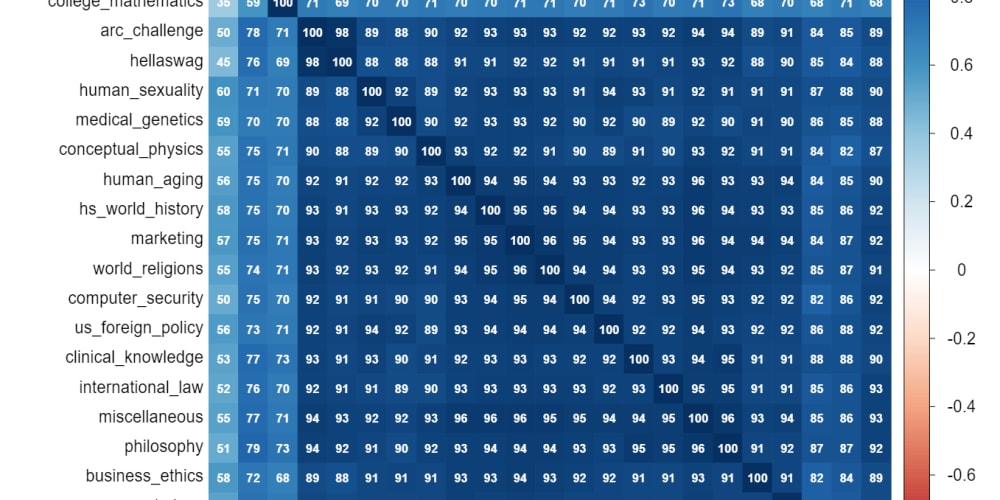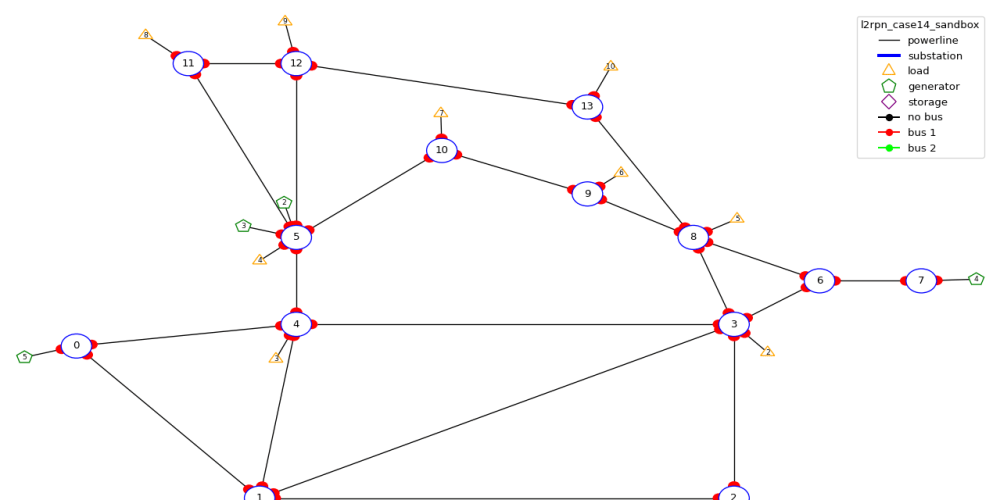<!DOCTYPE html>
Setting Up VSCode Debugger for NodeJS + TypeScript Projects
<br> body {<br> font-family: sans-serif;<br> line-height: 1.6;<br> margin: 0;<br> padding: 20px;<br> }</p> <div class="highlight"><pre class="highlight plaintext"><code> h1, h2, h3 { color: #333; } code { background-color: #eee; padding: 2px 5px; border-radius: 3px; } pre { background-color: #eee; padding: 10px; border-radius: 5px; overflow-x: auto; } img { max-width: 100%; height: auto; } .vscode-screenshot { display: block; margin: 20px auto; } </code></pre></div> <p>
Setting Up VSCode Debugger for NodeJS + TypeScript Projects
Debugging is an indispensable part of software development. It helps you identify and fix errors, understand the execution flow of your code, and ultimately create more robust and reliable applications. When working with NodeJS and TypeScript, Visual Studio Code (VSCode) provides a powerful and convenient debugging experience. This article will guide you through setting up and using the VSCode debugger for your NodeJS + TypeScript projects.
Why Use VSCode Debugger?
VSCode's built-in debugger offers several advantages for NodeJS + TypeScript development:
-
Breakpoints:
Pause execution at specific lines of code to inspect variables and understand the program's state. -
Step-by-Step Execution:
Move through your code line by line, controlling the flow of execution. -
Variable Inspection:
View the values of variables at any point during execution. -
Call Stack Visualization:
Track the sequence of function calls leading to the current execution point. -
Integrated with TypeScript:
Provides accurate debugging information, taking into account TypeScript's type system.
Setting Up the Debugger
Here's a step-by-step guide on how to set up the debugger in VSCode:
- Install NodeJS
Ensure you have NodeJS installed on your system. You can download it from the official website ( https://nodejs.org/ ).
Open VSCode and install the "Debugger for Chrome" extension from the extensions marketplace. This extension enables debugging NodeJS applications within VSCode.

Create a new folder for your project and initialize a TypeScript project using the following command in your terminal:
npm init -y
npm install --save-dev typescript ts-node @types/node
This command will initialize your project with a package.json file, install TypeScript, ts-node (for running TypeScript files directly), and the type definitions for NodeJS.
- Create a "launch.json" File
Open VSCode and create a "launch.json" file in the ".vscode" folder of your project. If the folder does not exist, create it. You can use the following template:
{
"version": "0.2.0",
"configurations": [
{
"type": "node",
"request": "launch",
"name": "Launch Program",
"program": "${workspaceFolder}/src/index.ts", // Replace with your script file
"preLaunchTask": "tsc: build", // Ensure code is compiled
"outFiles": [ "${workspaceFolder}/dist/**/*.js" ] // Path to compiled output
}
]
}
This configuration tells the debugger the following:
- "type": "node": Specifies that you are debugging a NodeJS application.
- "request": "launch": Indicates that you are starting the program for debugging.
- "program": "path/to/your/script.ts": Specifies the entry point of your application.
- "preLaunchTask": "tsc: build": Runs the TypeScript compiler (tsc) to compile your code before debugging.
- "outFiles": "path/to/compiled/output": Specifies the directory where the compiled JavaScript code is located.
- Create a "tasks.json" File
Create a "tasks.json" file in the ".vscode" folder to define the "tsc: build" task:
{
"version": "2.0.0",
"tasks": [
{
"label": "tsc: build",
"type": "shell",
"command": "tsc",
"group": {
"kind": "build",
"isDefault": true
},
"presentation": {
"echo": true,
"reveal": "silent",
"focus": false,
"panel": "new"
},
"problemMatcher": [
"$tsc"
]
}
]
}
This task definition instructs VSCode to run the "tsc" command to compile your TypeScript code.
Debugging Your Code
After setting up the debugger, you can start debugging your NodeJS + TypeScript project:
- Set Breakpoints
In your code, click in the margin next to the line number where you want to pause execution. A red dot will appear, indicating a breakpoint.
Click on the "Run and Debug" icon (a green play button) on the left sidebar, then choose the "Launch Program" configuration you created.

Once your code hits a breakpoint, you can inspect the values of variables, view the call stack, and step through the execution of your code using the debugging controls:
- Continue: Resumes execution until the next breakpoint or the end of the program.
- Step Over: Executes the current line and moves to the next line.
- Step Into: If the current line contains a function call, steps into the function and starts debugging it.
- Step Out: Executes the rest of the current function and returns to the caller.
- Restart: Stops the debugging session and restarts the program.
- Stop: Terminates the debugging session.
Advanced Debugging Techniques
VSCode debugger offers several advanced features to enhance your debugging experience:
You can set breakpoints that only trigger when a specific condition is met. To set a conditional breakpoint, right-click on the breakpoint and select "Edit Breakpoint." You can then add a condition using JavaScript syntax.
Log points allow you to write messages to the debug console without stopping execution. They are useful for logging information without interrupting your program flow.
You can use the debugger to step through your unit tests and inspect their execution. You need to add a configuration to your "launch.json" file to debug a specific test file.
VSCode debugger allows you to debug NodeJS applications running on remote servers. You need to set up a remote debugging configuration in your "launch.json" file and install the necessary extensions.
Best Practices
Here are some best practices for debugging NodeJS + TypeScript applications with VSCode:
- Use Meaningful Variable Names: This helps you understand the code's functionality and debug more efficiently.
- Comment Your Code: Clear comments explain complex logic and make your code easier to understand.
- Break Down Complex Functions: Split large functions into smaller, more manageable functions to improve code readability and debugging.
- Use Logging: Use logging statements to track the execution flow and debug issues in production environments.
- Use a Debugger Friendly IDE: VSCode provides a powerful debugging experience with features like breakpoints, step-by-step execution, and variable inspection.
Conclusion
Debugging is an essential part of any software development process. The VSCode debugger provides a comprehensive and user-friendly experience for debugging NodeJS + TypeScript projects. By understanding the basic setup and advanced techniques, you can effectively identify and fix errors, leading to more stable and reliable applications.
Remember to follow best practices, such as using meaningful variable names, commenting your code, and using debugging tools like VSCode to simplify your debugging journey and enhance your overall development experience.





















